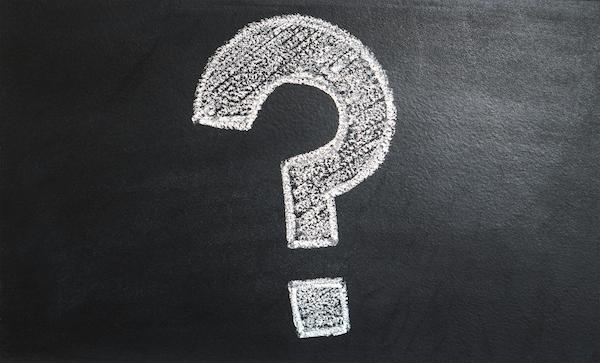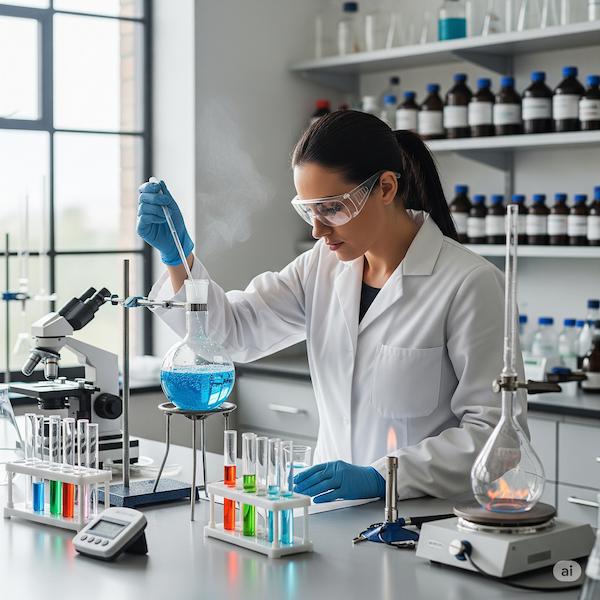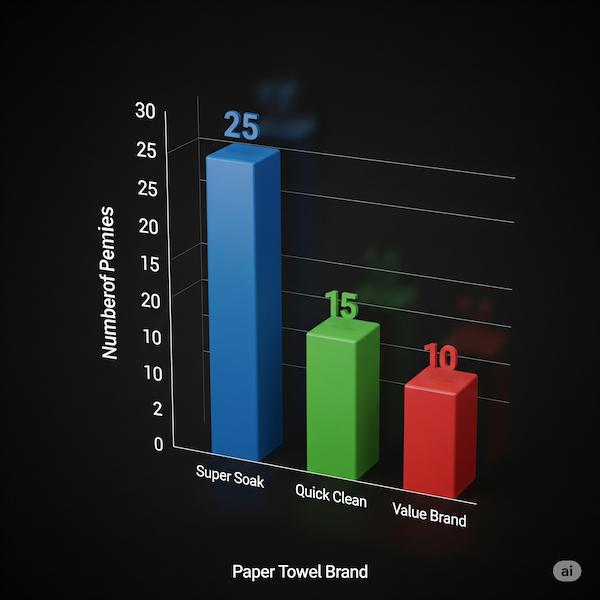What is a Scientist? 🤔
What do you think a scientist does all day?
Scientists are curious people who ask questions about the world around us. They are like detectives for nature! They want to figure out how things work.
Your Guide to Becoming a Super Scientist! 👩🔬👨🔬
What do you think a scientist does all day?
Scientists are curious people who ask questions about the world around us. They are like detectives for nature! They want to figure out how things work.

To solve mysteries, scientists use a special set of steps. It's like a recipe for discovery!
This recipe is called the Scientific Method.

It all starts with being curious! Look around you. What do you wonder about?
Your smart guess is called a hypothesis.
A hypothesis is what you *think* the answer to your question will be, based on what you already know.
Example:
"I think the 'Super Soak' paper towel will be the strongest because it feels thicker than the others."
This is the fun part! Plan a fair test to see if your guess is right.

Pay close attention to what happens. This is called observation.
The information you collect is your data.
| Paper Towel Brand | Pennies Held |
|---|---|
| Super Soak | 25 |
| Quick Clean | 15 |
| Value Brand | 10 |
Look at your data. What did you find out? This is called analysis.
Example Analysis:
"My data shows that 'Super Soak' held the most pennies."

Your conclusion is the answer to your original question.
Tell everyone if your hypothesis was right or wrong. It's okay to be wrong! That's how we learn!
Example Conclusion:
"My hypothesis was correct! The 'Super Soak' paper towel was the strongest."
Now you're ready to think like a scientist!
Let's think of a question we could test together as a class!